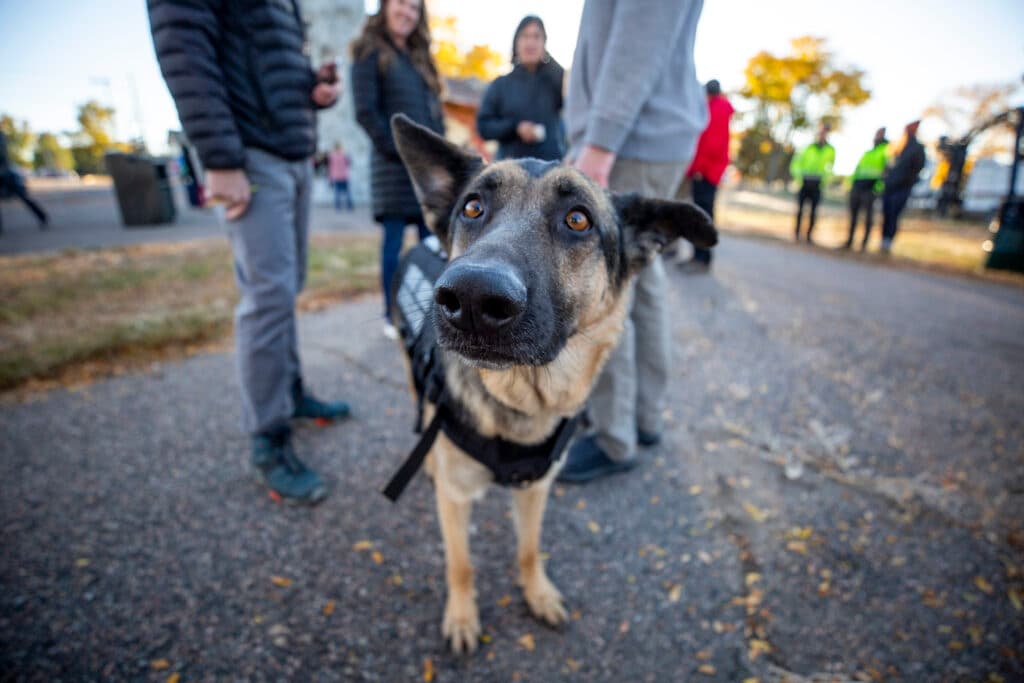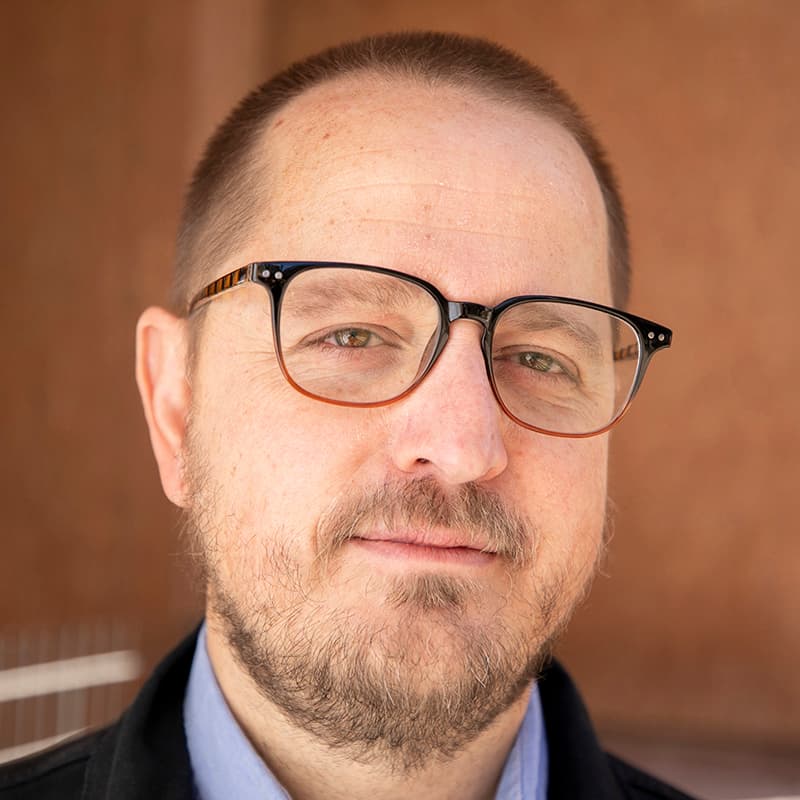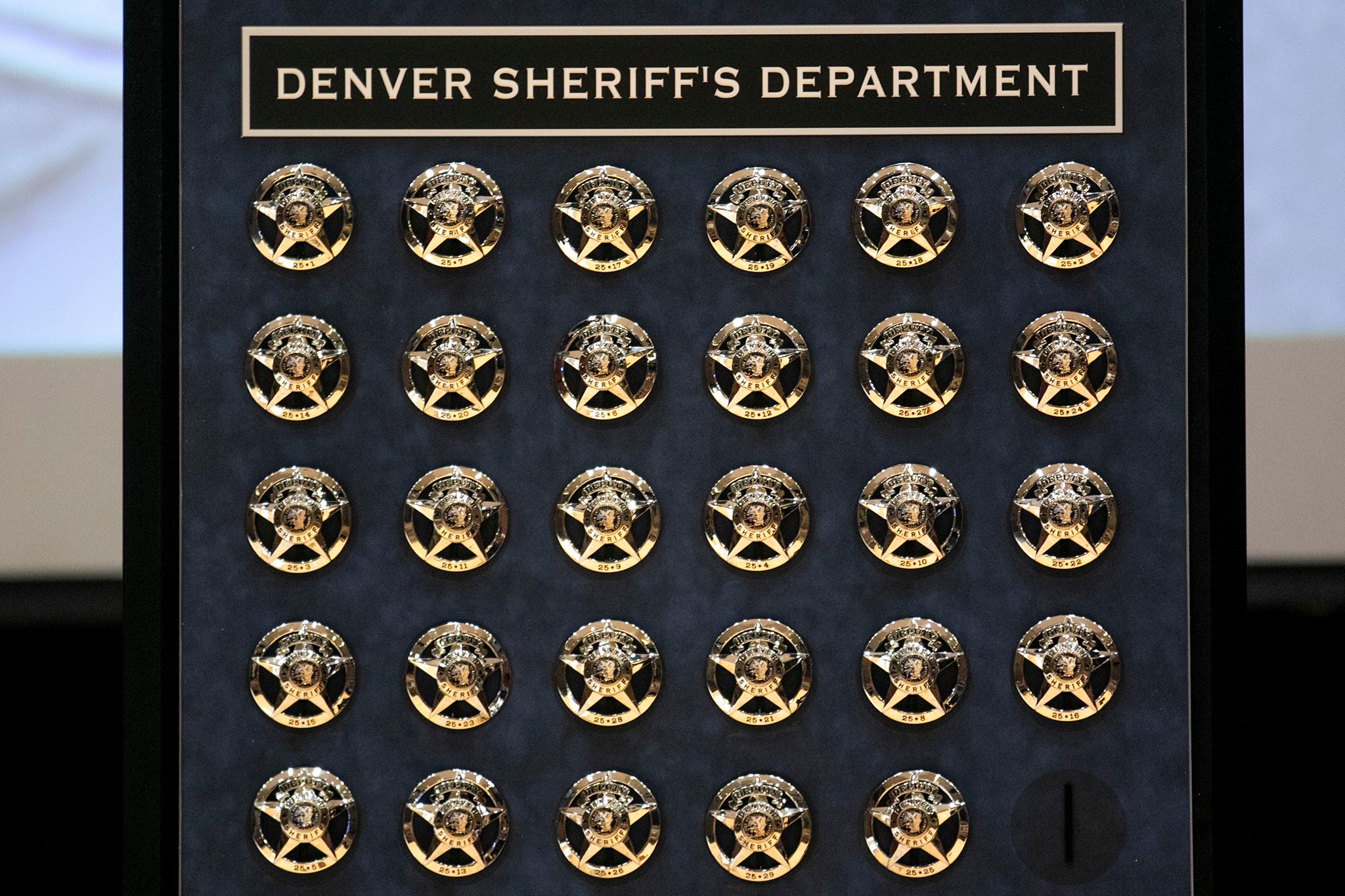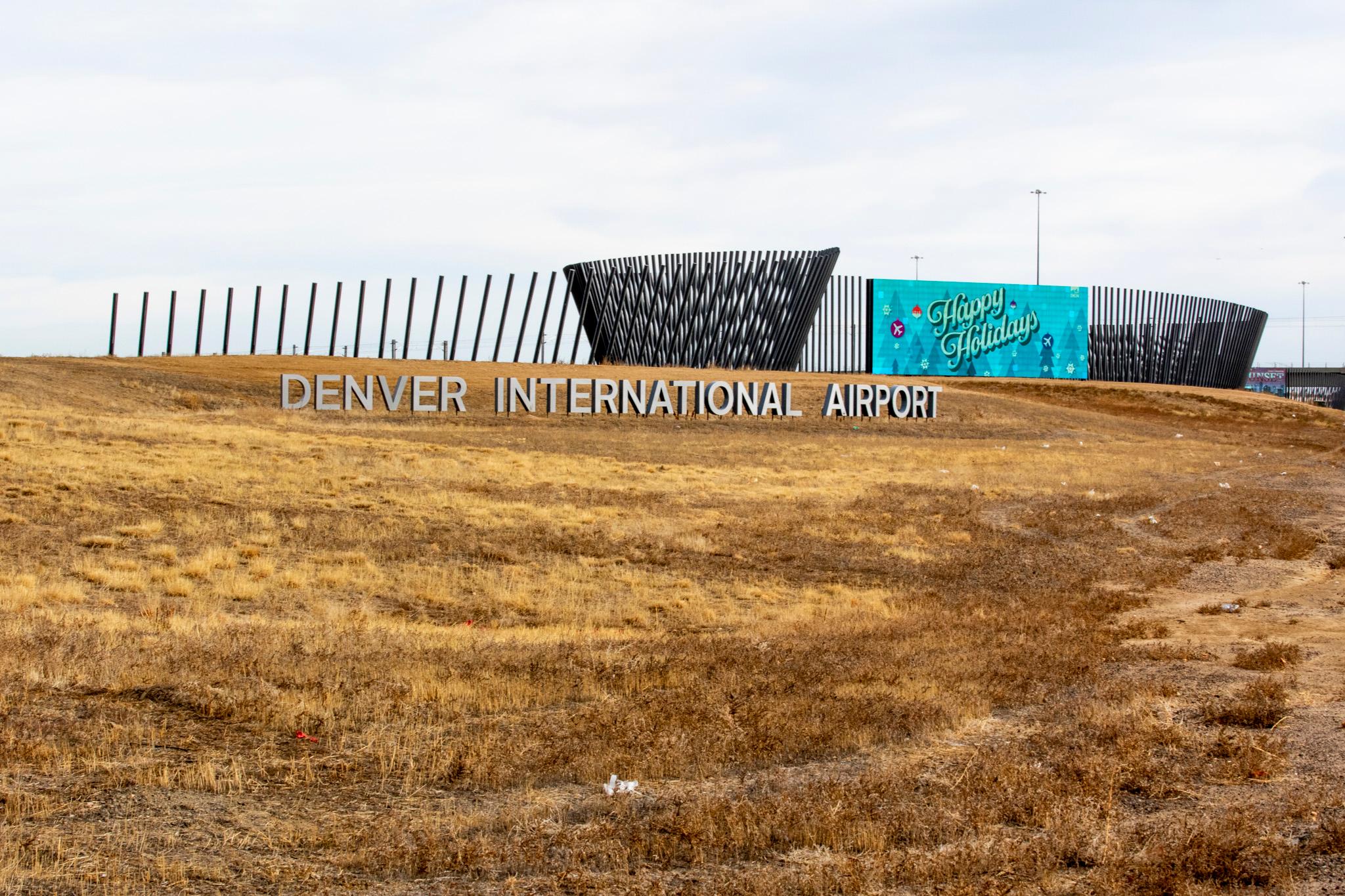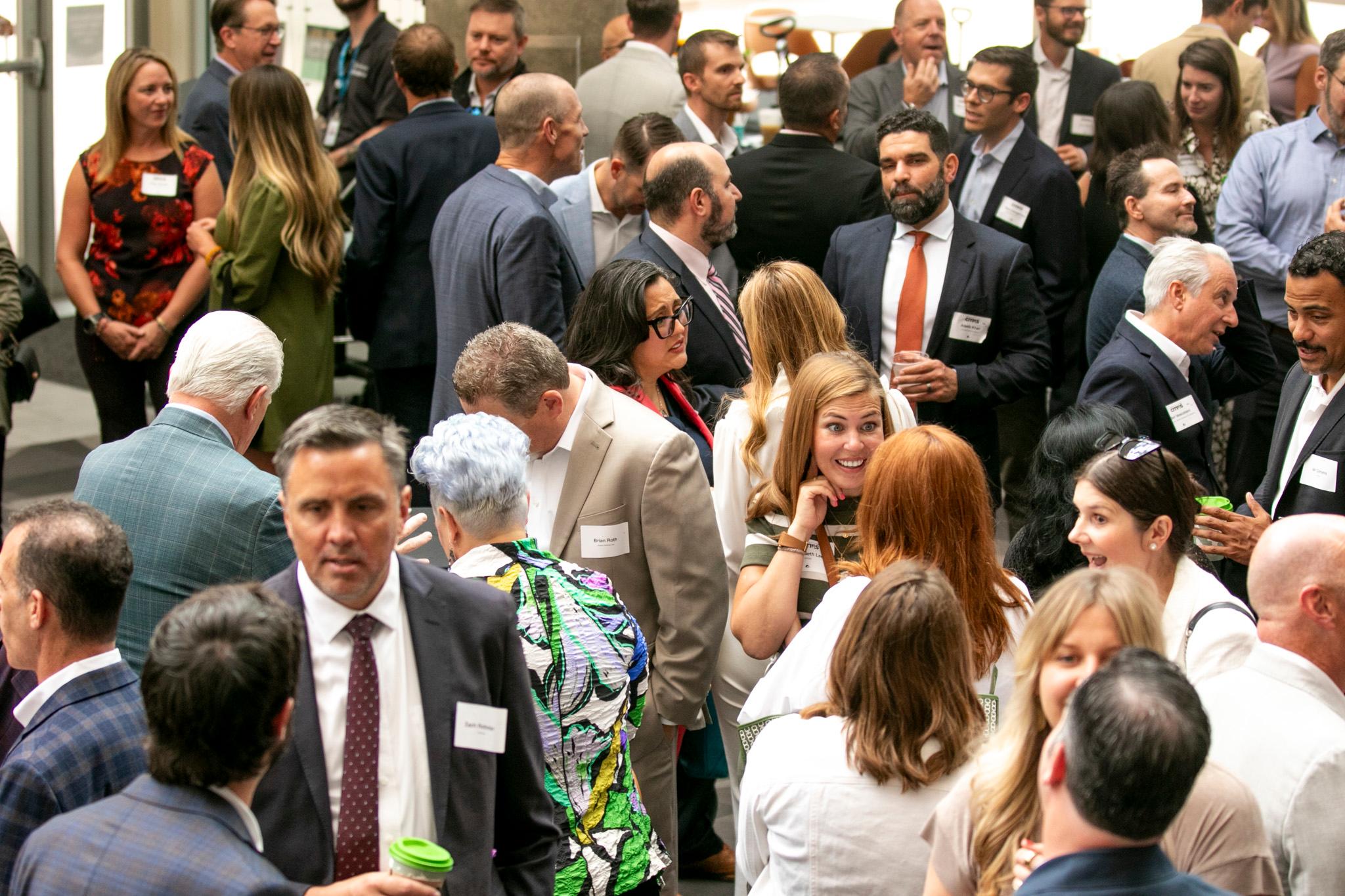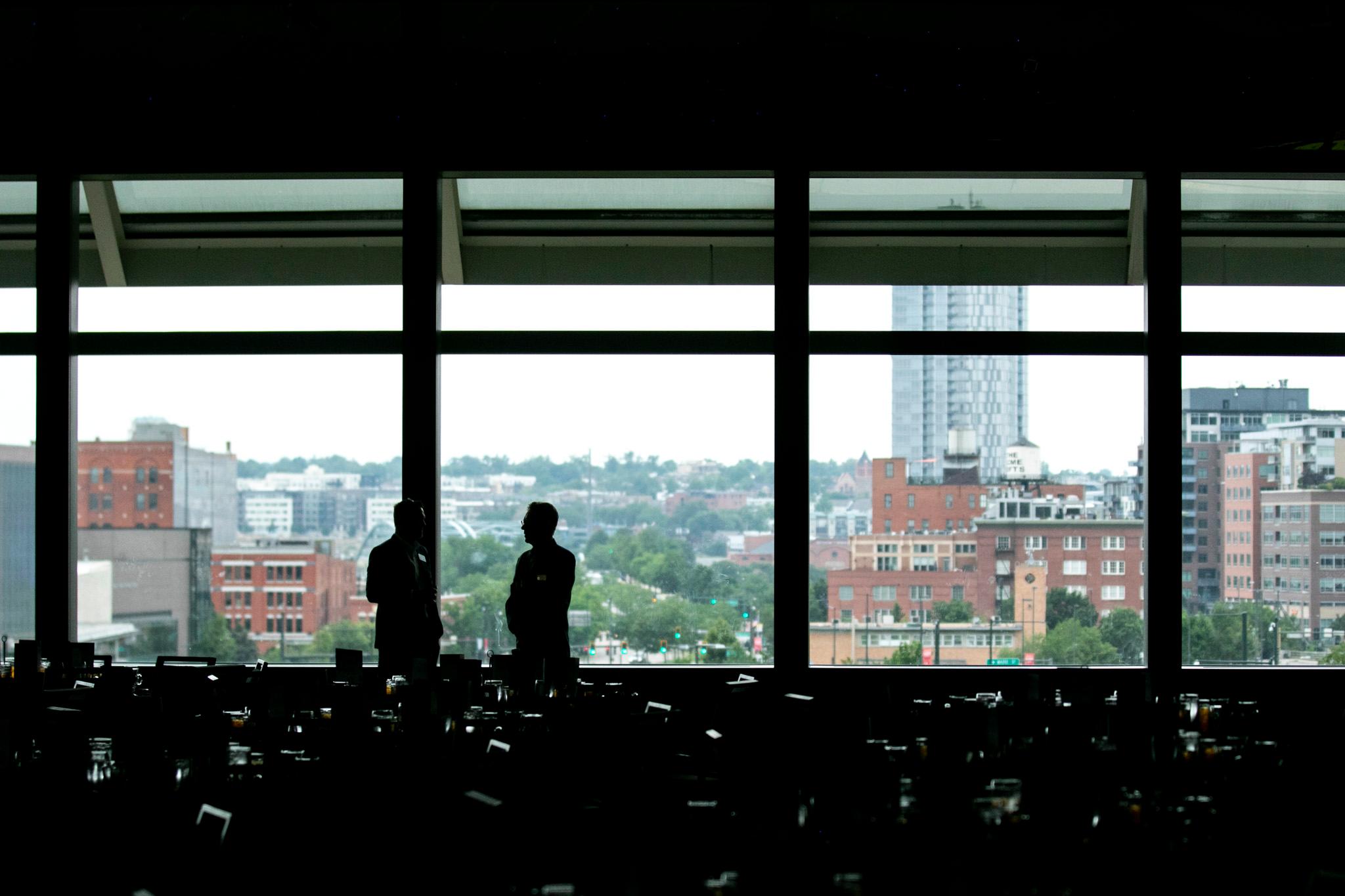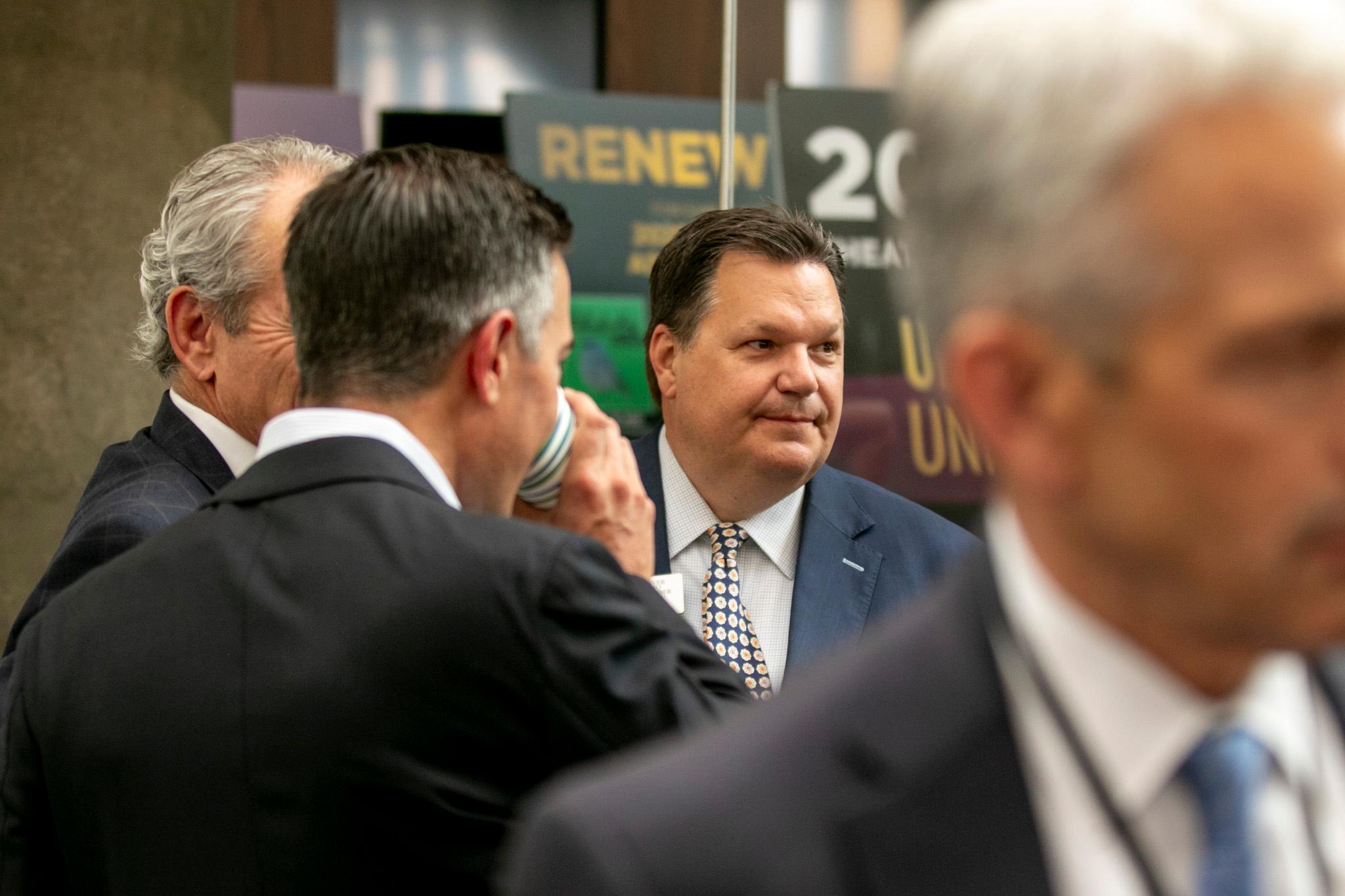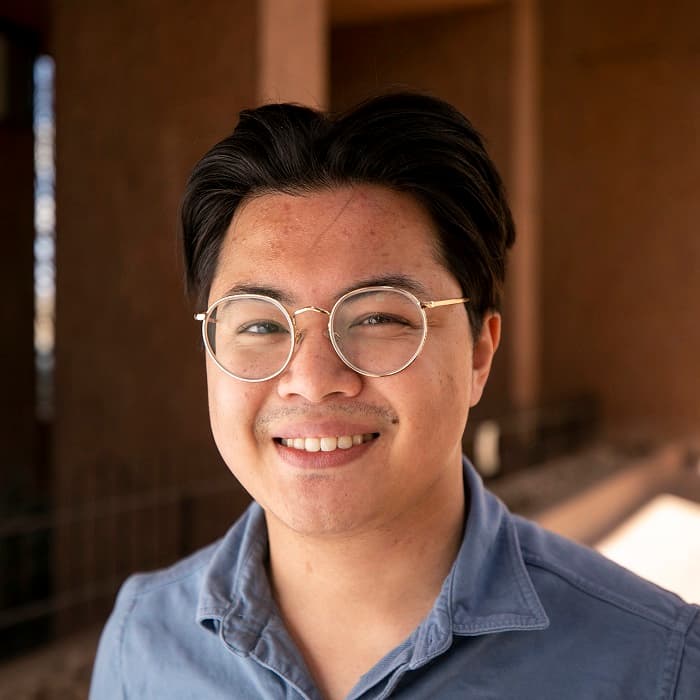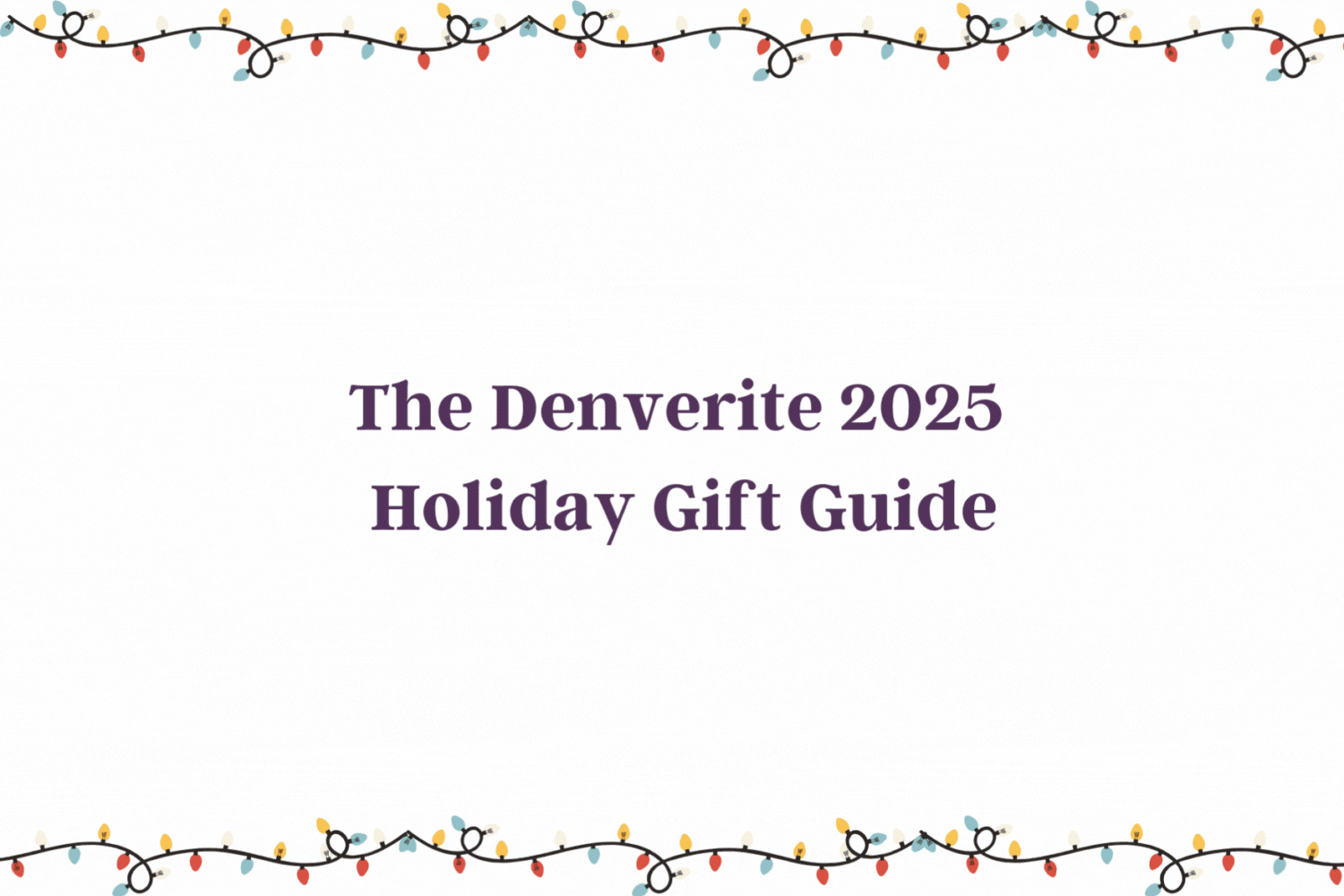For the past eight years, Woody Garnsey has been fighting to create public open space at the former Park Hill Golf Course.
“We had two elections and two lawsuits, and finally we got a mayor who decided he was going to make it happen,” Garnsey said. “And he did.”
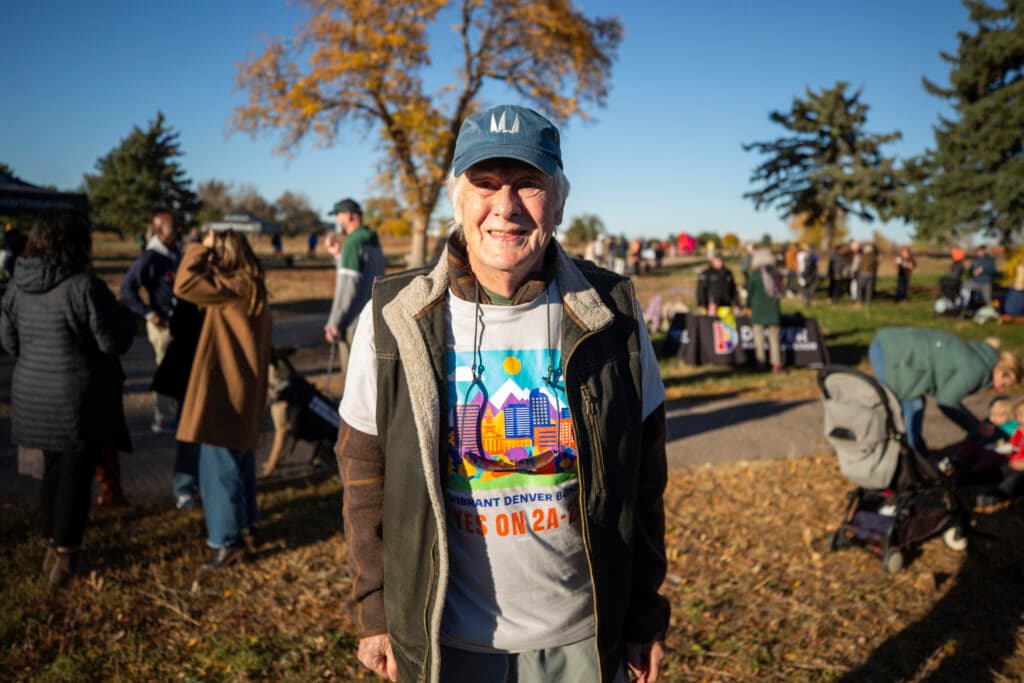
Two years ago, Westside Investment Partners, the company that wanted to build on the land, had erected a fence, closing off public access after losing at the ballot box. Grass grew. Irrigation was torn up for scrap metal. The historic clubhouse fell into disrepair.
On Tuesday, Garnsey looked out at the stretch of land, finally open as a park for public use. The amenities are extremely limited, but planners were dreaming up new ideas. Leashed dogs and their owners walked about. City boosters were celebrating.
The temporary version of the park, open from dawn to dusk, consists mostly of walking paths through the rolling greens of the old course. It is accessible free of charge, and parking is available around the old clubhouse just east of Colorado Boulevard and 35th Avenue.
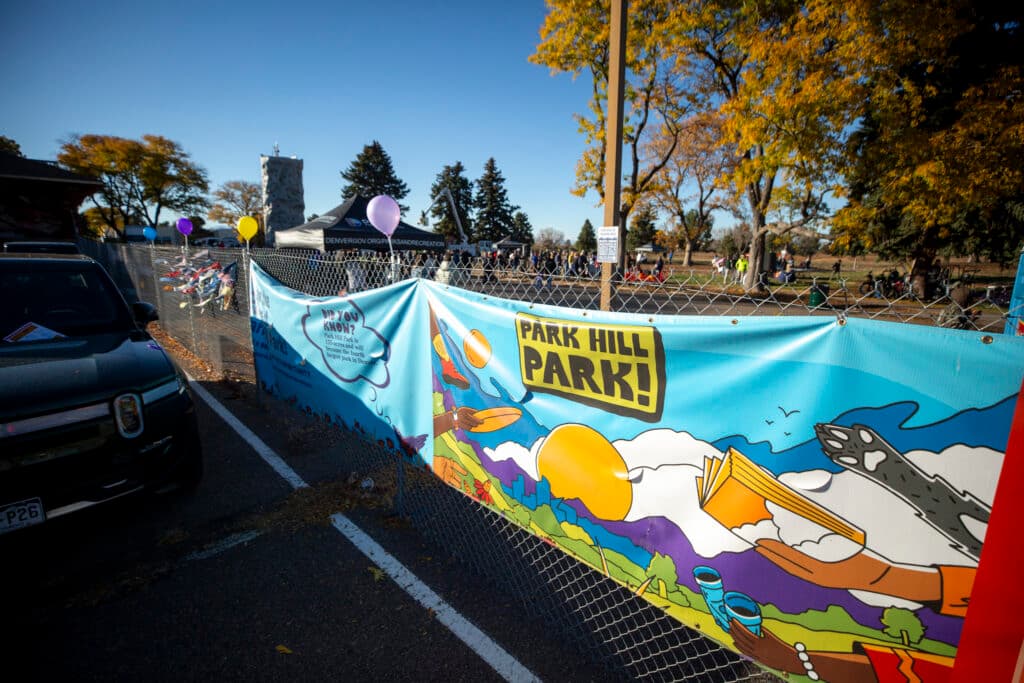
“We had chills down our spine, we were so excited about it,” Garnsey said of the final sprint to open the course to the public.
There’s still a big unknown, though: funding for construction of a more substantial park on the site. Denver voters will decide the fate of the first $70 million of funding in Tuesday’s election, and many millions more could still be needed after that.
Even people who opposed the park plan celebrated the opening.
Westside had proposed building a mix of housing, a grocery store and other retail, arts and cultural amenities and parkland on the site. But Garnsey and other neighborhood allies fought to block that plan, saying the entire property should be a public park, since it was a rare last bit of green space in the city.
The developer had a community benefits agreement with residents of Northeast Park Hill and the backing of many local leaders, including Mike Johnston as he ran for mayor.
The fight was bitter, and the developer ultimately lost as voters blocked the way in the 2023 election. After taking office, Mayor Johnston brokered a deal with Westside — giving the city control of the golf course in exchange for some land near the airport for the developer.
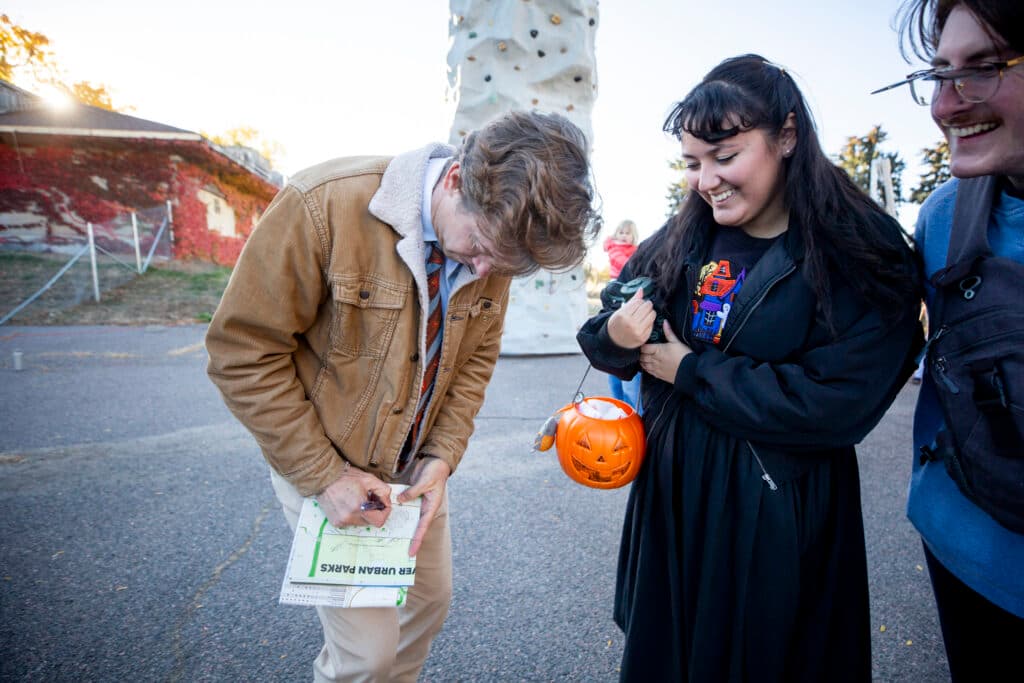
“What you will see from start to finish is a legacy community asset that was dreamed, that was built, that was designed and that was delivered by the residents of Denver raising their voices,” Johnston said at the celebration. “That, folks, is how democracy is supposed to work.”
In short: Sometimes you lose, lick your wounds, and ultimately get to work implementing the winning vision.
The money
Without the developer involved, the city will have to come up with significant sums to get the park built. The property is now the city’s fourth-largest park, and construction could cost into the hundreds of millions.
The mayor, leading the city through a budget crisis, still doesn’t know what the final cost will be. He’s waiting on the firm Sasaki to finish a community visioning plan sometime next year. Even then, it could be years before a true budget is determined.
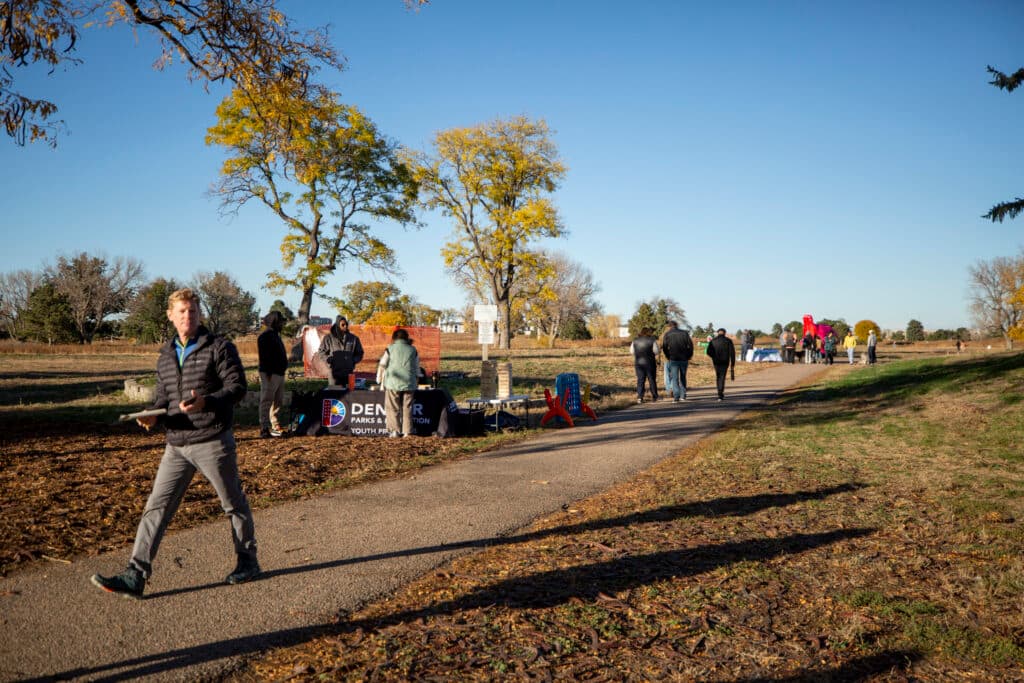
But the mayor’s already asking for money for a first phase of construction. On Tuesday, voters will decide whether to approve $70 million in debt as part of Johnston’s $950 million Vibrant Denver Bond package. The money will pay for the foundation of a new regional park: irrigation, lighting and more.
"It will not be a full park if you do not show up [to vote] on Tuesday,” Watson said.
Johnston echoed his sentiment. He has defended the bond package as an investment in the city’s future, one that won’t require raising property taxes. Others have criticized the bond package as too expensive, saying it’s committing the city to hundreds of millions dollars more in debt.
Garnsey himself was wearing a Vibrant Denver bond campaign shirt and has been advocating for the entire funding package.
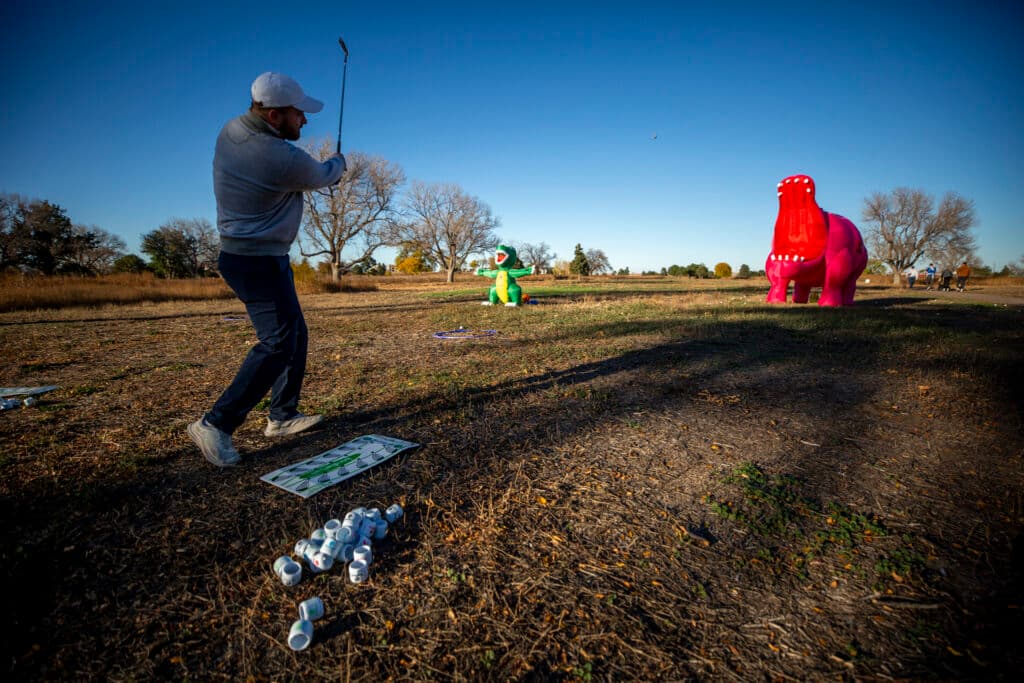
“It clearly would be less of a park [without bond funding],” he said. “I mean, it will be a park. It's been purchased for the purpose of being a park. So even if it ended up just being an open space with paths for a while, it will be a place that’s enjoyable until the time when there would be the money.”
What would the mayor do if the voters said no to the bond?
“We would have to go back to the drawing board,” Johnston said. “The challenge is you have to find that amount of money out of the Parks Legacy Fund year by year. It's very hard to do, and it would cannibalize all the rest of the dollars for parks all across the rest of the city.”
